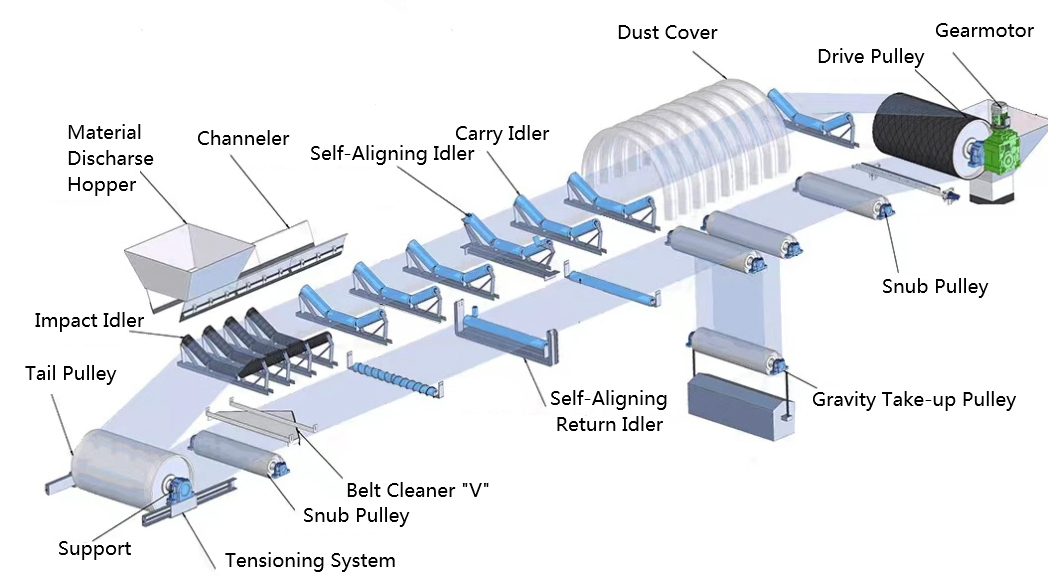 Afrikaans
Afrikaans  Albanian
Albanian  Amharic
Amharic  Arabic
Arabic  Armenian
Armenian  Azerbaijani
Azerbaijani  Basque
Basque  Belarusian
Belarusian  Bengali
Bengali  Bosnian
Bosnian  Bulgarian
Bulgarian  Catalan
Catalan  Cebuano
Cebuano  Corsican
Corsican  Croatian
Croatian  Czech
Czech  Danish
Danish  Dutch
Dutch  English
English  Esperanto
Esperanto  Estonian
Estonian  Finnish
Finnish  French
French  Frisian
Frisian  Galician
Galician  Georgian
Georgian  German
German  Greek
Greek  Gujarati
Gujarati  Haitian Creole
Haitian Creole  hausa
hausa  hawaiian
hawaiian  Hebrew
Hebrew  Hindi
Hindi  Miao
Miao  Hungarian
Hungarian  Icelandic
Icelandic  igbo
igbo  Indonesian
Indonesian  irish
irish  Italian
Italian  Japanese
Japanese  Javanese
Javanese  Kannada
Kannada  kazakh
kazakh  Khmer
Khmer  Rwandese
Rwandese  Korean
Korean  Kurdish
Kurdish  Kyrgyz
Kyrgyz  Lao
Lao  Latin
Latin  Latvian
Latvian  Lithuanian
Lithuanian  Luxembourgish
Luxembourgish  Macedonian
Macedonian  Malgashi
Malgashi  Malay
Malay  Malayalam
Malayalam  Maltese
Maltese  Maori
Maori  Marathi
Marathi  Mongolian
Mongolian  Myanmar
Myanmar  Nepali
Nepali  Norwegian
Norwegian  Norwegian
Norwegian  Occitan
Occitan  Pashto
Pashto  Persian
Persian  Polish
Polish  Portuguese
Portuguese  Punjabi
Punjabi  Romanian
Romanian  Russian
Russian  Samoan
Samoan  Scottish Gaelic
Scottish Gaelic  Serbian
Serbian  Sesotho
Sesotho  Shona
Shona  Sindhi
Sindhi  Sinhala
Sinhala  Slovak
Slovak  Slovenian
Slovenian  Somali
Somali  Spanish
Spanish  Sundanese
Sundanese  Swahili
Swahili  Swedish
Swedish  Tagalog
Tagalog  Tajik
Tajik  Tamil
Tamil  Tatar
Tatar  Telugu
Telugu  Thai
Thai  Turkish
Turkish  Turkmen
Turkmen  Ukrainian
Ukrainian  Urdu
Urdu  Uighur
Uighur  Uzbek
Uzbek  Vietnamese
Vietnamese  Welsh
Welsh  Bantu
Bantu  Yiddish
Yiddish  Yoruba
Yoruba  Zulu
Zulu conveyor idler roller design
Conveyor Idler Roller Design An Overview
Conveyor systems are crucial in various industries, facilitating the efficient movement of materials over short and long distances. Central to these systems are conveyor idler rollers, which play a pivotal role in ensuring smooth operation and longevity of the conveyor belt. The design of these rollers is essential for optimizing performance, minimizing downtime, and reducing operational costs.
1. Understanding Idler Rollers
Idler rollers are cylindrical components that support the conveyor belt and help maintain its alignment. They bear the weight of the material being transported and assist in the belt's tensioning system. Typically made from durable materials such as steel or polymer, idler rollers must withstand different environmental conditions, including extreme temperatures, humidity, and exposure to chemicals.
2. Key Design Considerations
When designing conveyor idler rollers, several factors must be considered
- Load Capacity The idler roller needs to support the maximum weight of the material being conveyed. Calculating the appropriate load capacity is crucial to avoid roller failure and ensure system efficiency.
- Diameter and Width The roller's diameter impacts its ability to handle different loads, while the width affects the belt's stability. Designers often choose these dimensions based on the specific application and material characteristics.
- Material Selection The material used for the roller affects its strength, durability, and resistance to wear. For high-abrasion environments, rollers may need a hard surface coating or a composite material to enhance longevity.
conveyor idler roller design

- Sealing and Maintenance Proper sealing of idler rollers can prevent dust and moisture intrusion, reducing wear and tear
. Incorporation of sealed bearings can simplify maintenance while enhancing the roller's lifespan.3. Roller Types
Different types of idler rollers are designed for specific applications
- Troughed Idlers These rollers have a trough shape, which helps in conveying bulk materials safely and efficiently by preventing spillage.
- Flat Idlers Used primarily for material transfer, they provide a flat surface for the conveyor belt, making them suitable for lighter loads.
- Return Idlers Positioned on the return side of the conveyor belt, these rollers are designed to support the belt as it returns to the loading area without material on it.
4. Innovations and Trends
Recent advancements in conveyor idler roller design focus on improving energy efficiency and reducing noise. The advent of smart technologies, such as sensors and IoT integration, allows for real-time monitoring of roller performance, which can predict failures and optimize maintenance schedules.
In conclusion, the design of conveyor idler rollers is fundamental to the effectiveness of conveyor systems. By considering various factors such as load capacity, material selection, and innovative features, manufacturers can produce idler rollers that enhance operational efficiency and reliability. As industries continue to evolve, so too will the technologies and designs that support their conveyor systems.
-
Revolutionizing Conveyor Reliability with Advanced Rubber Lagging PulleysNewsJul.22,2025
-
Powering Precision and Durability with Expert Manufacturers of Conveyor ComponentsNewsJul.22,2025
-
Optimizing Conveyor Systems with Advanced Conveyor AccessoriesNewsJul.22,2025
-
Maximize Conveyor Efficiency with Quality Conveyor Idler PulleysNewsJul.22,2025
-
Future-Proof Your Conveyor System with High-Performance Polyurethane RollerNewsJul.22,2025
-
Driving Efficiency Forward with Quality Idlers and RollersNewsJul.22,2025





























